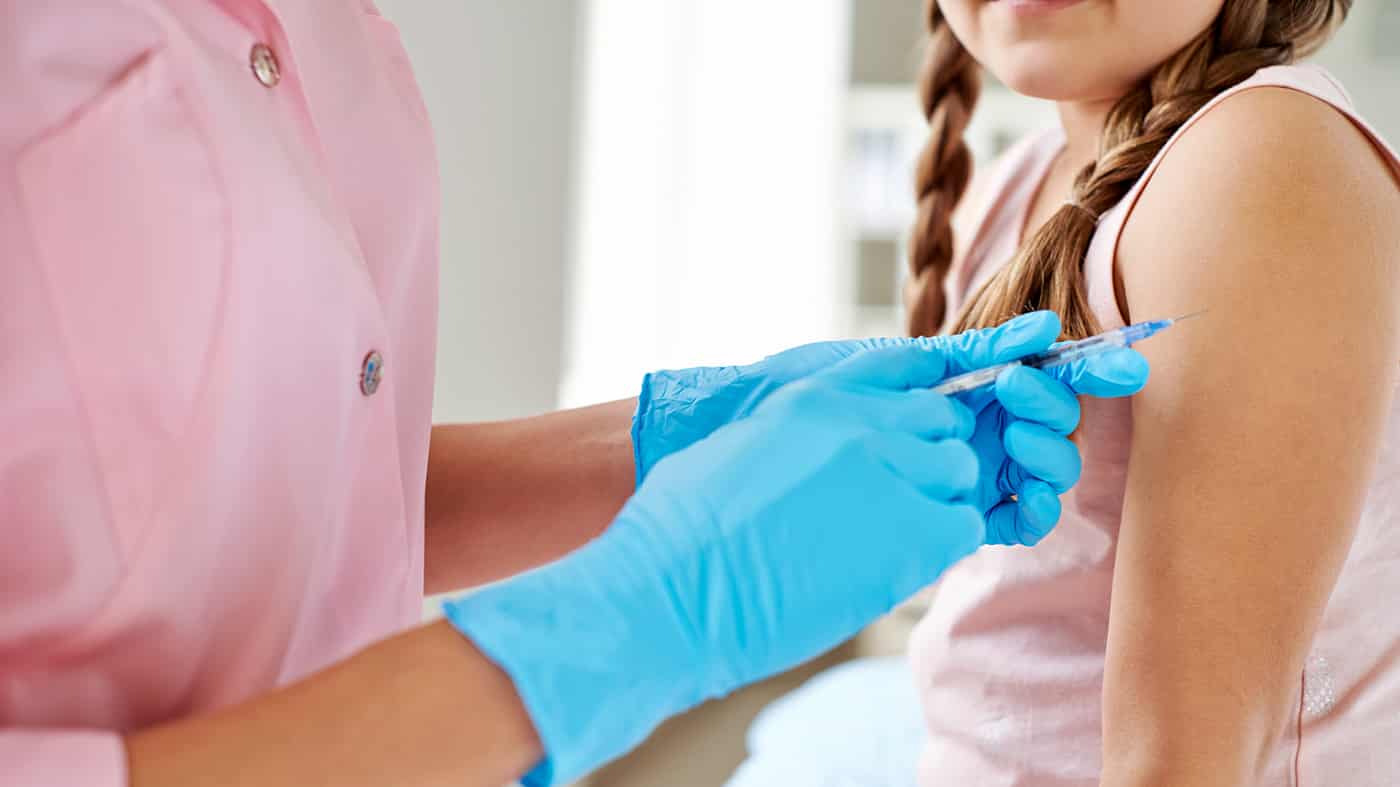The German biotech, CureVac, a pioneer in the development of therapeutic mRNA technology has now announced the publication of its first in-human proof-of-concept clinical trial of the prophylactic mRNA-based vaccine.
CureVac’s NActive® prophylactic rabies vaccine has subsequently been given the International Nonproprietary Name (INN) Nadorameran by the World Health Organization (WHO) as first drug substance of this new class.
Ingmar Hoerr, CEO of CureVac, saw it as an opportunity to improve the technology. “We’ve learned that formulation and protein engineering are very important, and we can now improve them dramatically,” he said.
Based on the mRNA rabies vaccines’ positive safety and immunogenicity results from phase I clinical trial, the company is now getting ready to start the development of what could be the first of a whole new class of vaccines.
“We’re now ready to start a clinical study in the first quarter of 2018 and go into product development,” says Hoerr. “We believe we can bring the first mRNA product on the market.”
The paper, titled “Safety and immunogenicity of a mRNA rabies vaccine in healthy adults: an open label, non-randomized, prospective, first-in-human phase I clinical trial,” by Alberer et al., appearing in the Lancet, reported results of the phase I clinical trial, which was designed
to examine the safety and immunogenicity of CureVac’s first-generation RNActive® prophylactic vaccine against rabies, CV7201.The data from the study indicated that CV7201 was generally safe with a reasonable tolerability profile. And more importantly, demonstrated for the first time ever that a prophylactic mRNA-based vaccine candidate can induce boost-able functional antibodies against a viral antigen when administered using a needle-free jet injection device.
Although there are a number of biotechs already competing against each other in the emerging field of mRNA-based drugs, Ingmar doesn’t fully see them as competitors. “I think there’s a lot of space for mRNA companies, and I see them as enablers. We need different approaches and different companies that can learn from each other.”
Compared to the other mRNA players, CureVac has a distinguishing feature. “They are using chemically-modified RNA and we’re using natural RNAs,” explains Hoerr. “We think in terms of safety and efficacy, natural elements are better. Competitors will have to prove to regulatory authorities that modified RNA works.”






























